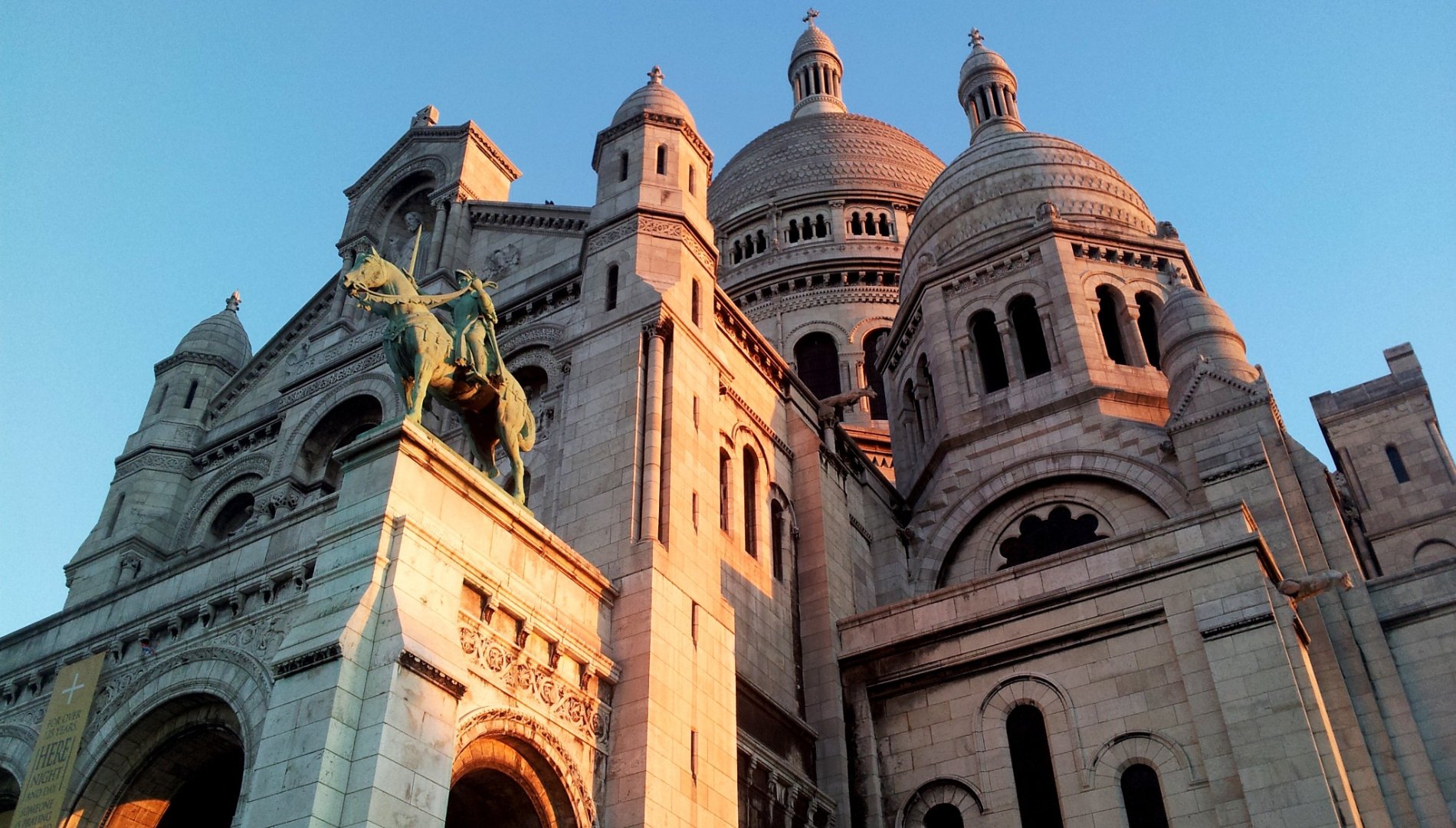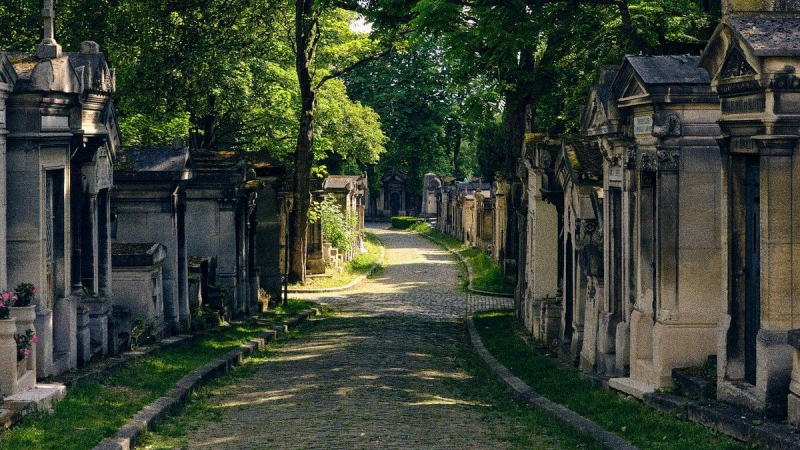Although not yet at the level of fierce protests like in Spain or Italy, the pressure from overtourism is increasingly weighing on some of the capital Paris's iconic destinations, typically the Montmartre hill area and the Sacre-Cœur Basilica.
Locals, who have a deep attachment to this historic quarter, are expressing deep concern about the overcrowding, garbage and overcrowding of accommodation facilities, calling for immediate changes before this "gem" loses its beauty and identity.
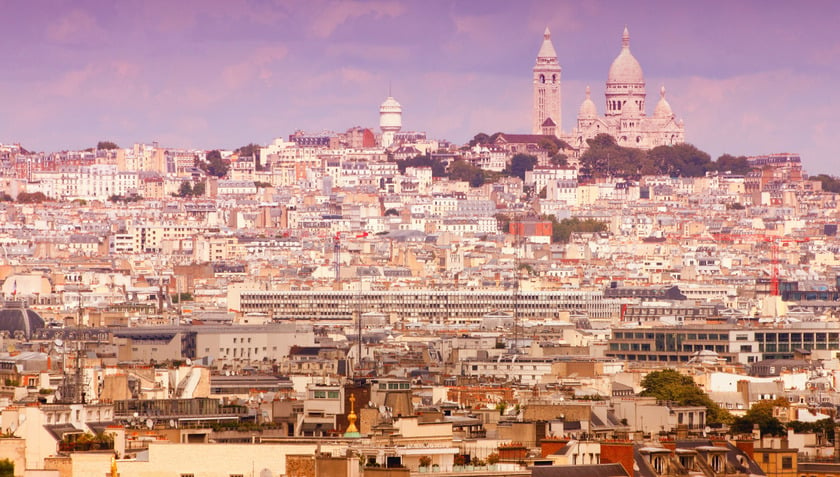
The Montmartre hill area in Paris (France) is facing a situation of over-tourism, causing residents to worry that this destination will follow in the footsteps of Venice or Barcelona.
In her 29 years living in the area, Anne Renaudie, head of the Vivre à Montmartre (Living in Montmartre) association, has seen rapid change. She says the historic neighborhood became internationally famous in part thanks to the 2001 film “Amelie” and, more recently, the series “Emily in Paris.” But that fame is having unintended consequences. “Now the old town looks like an expensive amusement park, with ice cream cones costing up to 5 euros,” Renaudie says wryly.
This has significantly changed the appearance and lifestyle of Montmartre. "People come here for three hours to have fun, buy a hat or a crepe and then leave - it's like an amusement park," Ms. Renaudie described. As a result, the essential shops that serve the daily lives of local residents are gradually disappearing, giving way to snack stalls and souvenir shops. "There were only two or three butcher shops left, two cheese shops, but they've disappeared one by one. Now there are only a lot of ice cream shops, crepe shops, tacos," Ms. Anne Renaudie lamented, reflecting the loss of amenities and community identity.
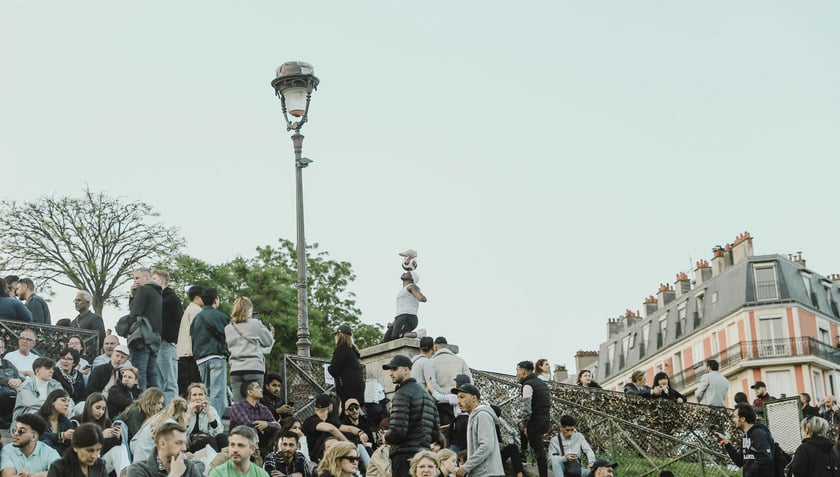
The Montmartre hill area in Paris (France) is a place that attracts a lot of tourists.
Faced with this alarming situation, the Vivre à Montmartre Association, with members like Anne Renaudie, has been constantly speaking out and proposing concrete measures to the local authorities. These proposals are similar to those applied in many other famous tourist destinations in Europe to deal with overcrowding.
Specifically, the association proposed limiting tour group sizes to a maximum of 25 people, banning the use of loud speakers and increasing tourist taxes. However, they still want the area to be de-congested more, in order to protect the living environment and unique culture of Montmartre.

The Montmartre Living Association has proposed measures to local authorities similar to those in other popular tourist destinations in Europe.
The overtourism problem in Paris, and Montmartre in particular, is expected to worsen in the near future. Paris officials have predicted that 2025 will be a bumper year for tourism, meaning that the number of international visitors will increase even more. Statistics show that the Paris region will welcome 48.7 million visitors by 2024, of which about 11 million will visit Montmartre annually, mainly to admire the famous Sacre-Cœur Basilica. The already cramped narrow streets are becoming even more congested, leaving locals feeling tired and frustrated.
One of the most pressing problems of overtourism is the impact on the housing market. Eric Lejoindre, president of the 18th arrondissement – the area that includes Montmartre – is deeply concerned that rising house prices could force the area’s original residents to move away. “For me, the biggest problem is housing. That means fighting Airbnb and other rental platforms,” Lejoindre said.
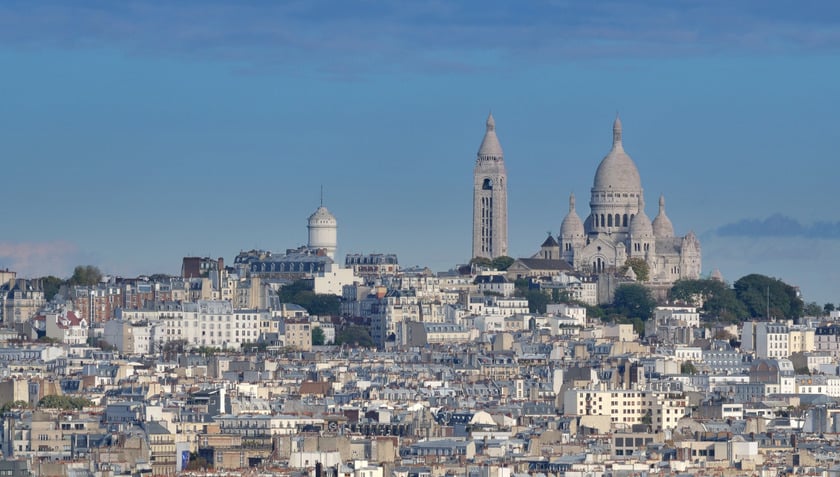
The Paris region welcomed 48.7 million visitors by 2024, with around 11 million visiting Montmartre annually, mainly to see the famous Sacre-Coeur Basilica
According to Meilleuragents.com, property prices in Montmartre have risen an alarming 19% over the past decade. The 18th arrondissement also has the highest number of Airbnb listings of any of Paris’ 20 arrondissements, indicating the penetration of short-term rentals there. To control the situation, the government has tightened regulations on short-term rentals, reducing the annual limit on renting out a primary residence from 120 days to 90. However, whether these measures will be enough to save Montmartre from losing its identity and traditional community remains a big question.





